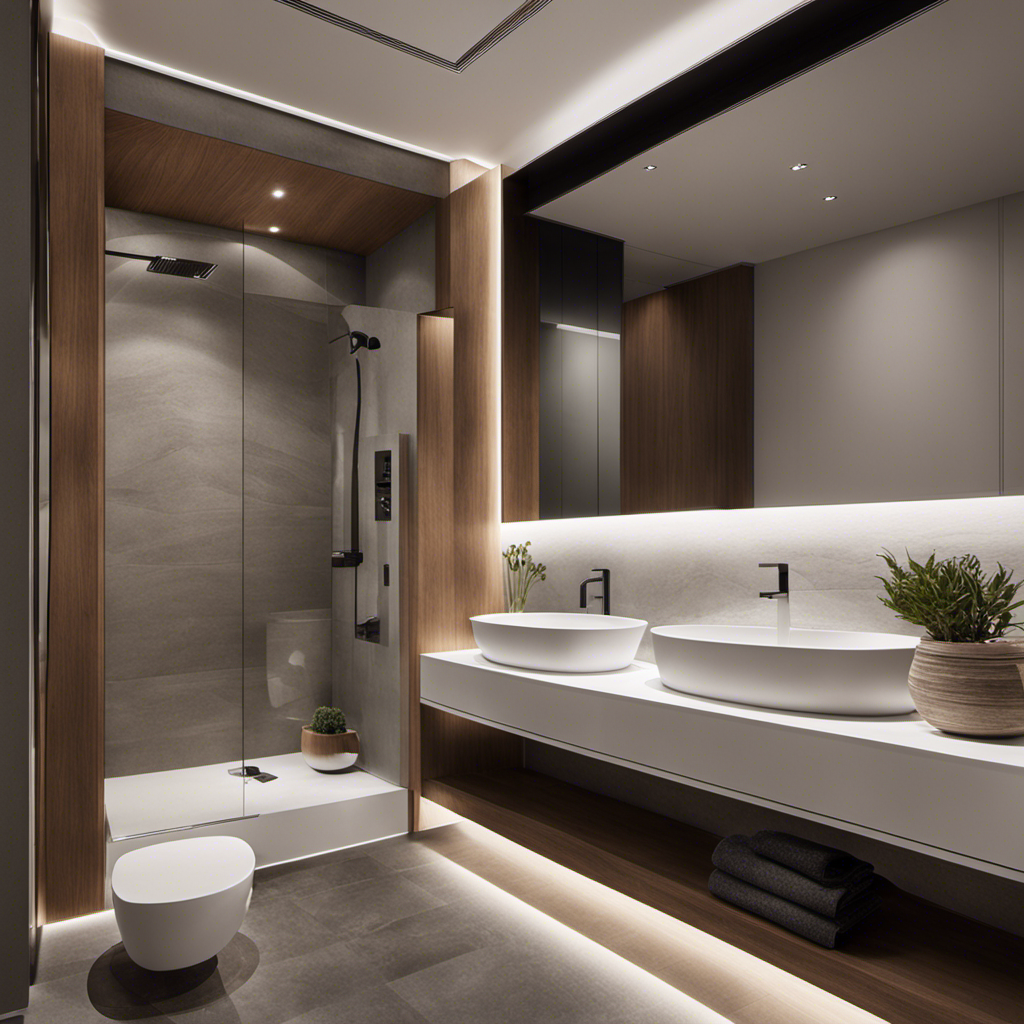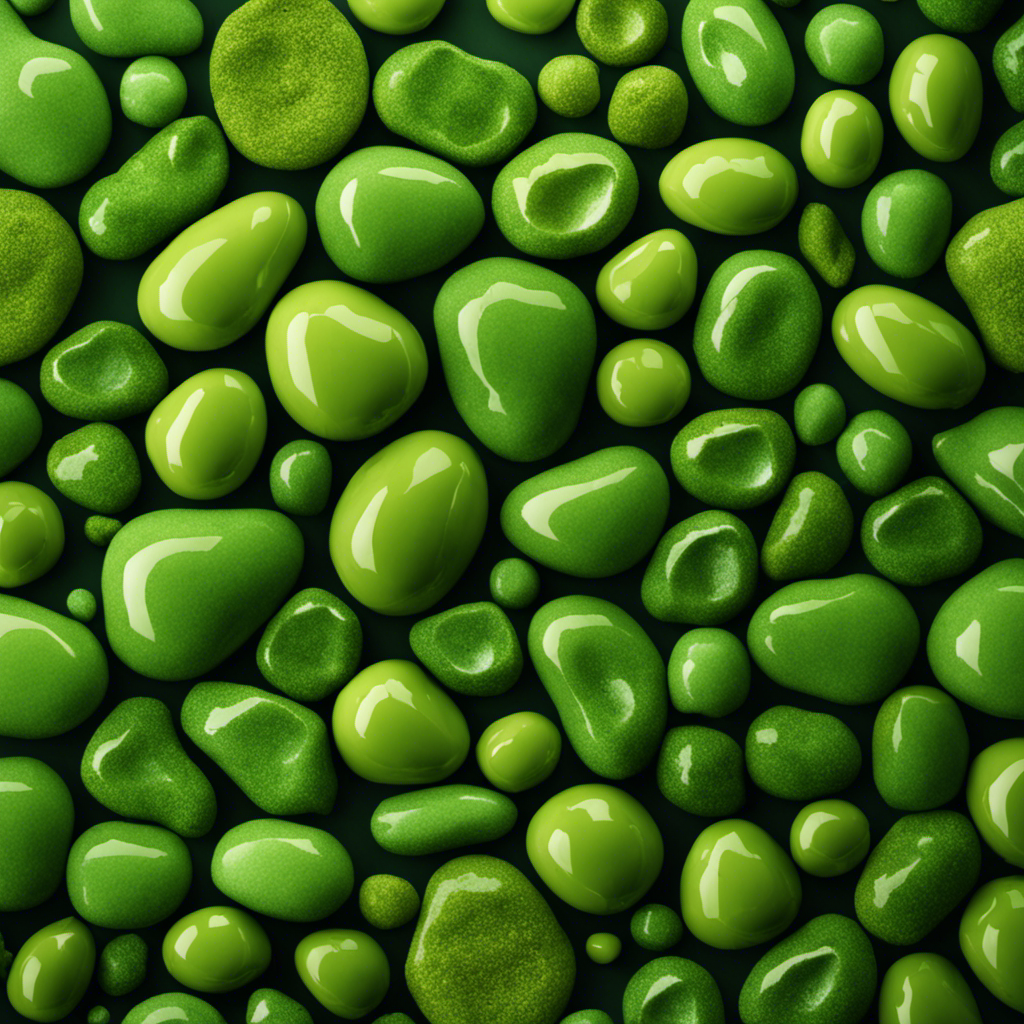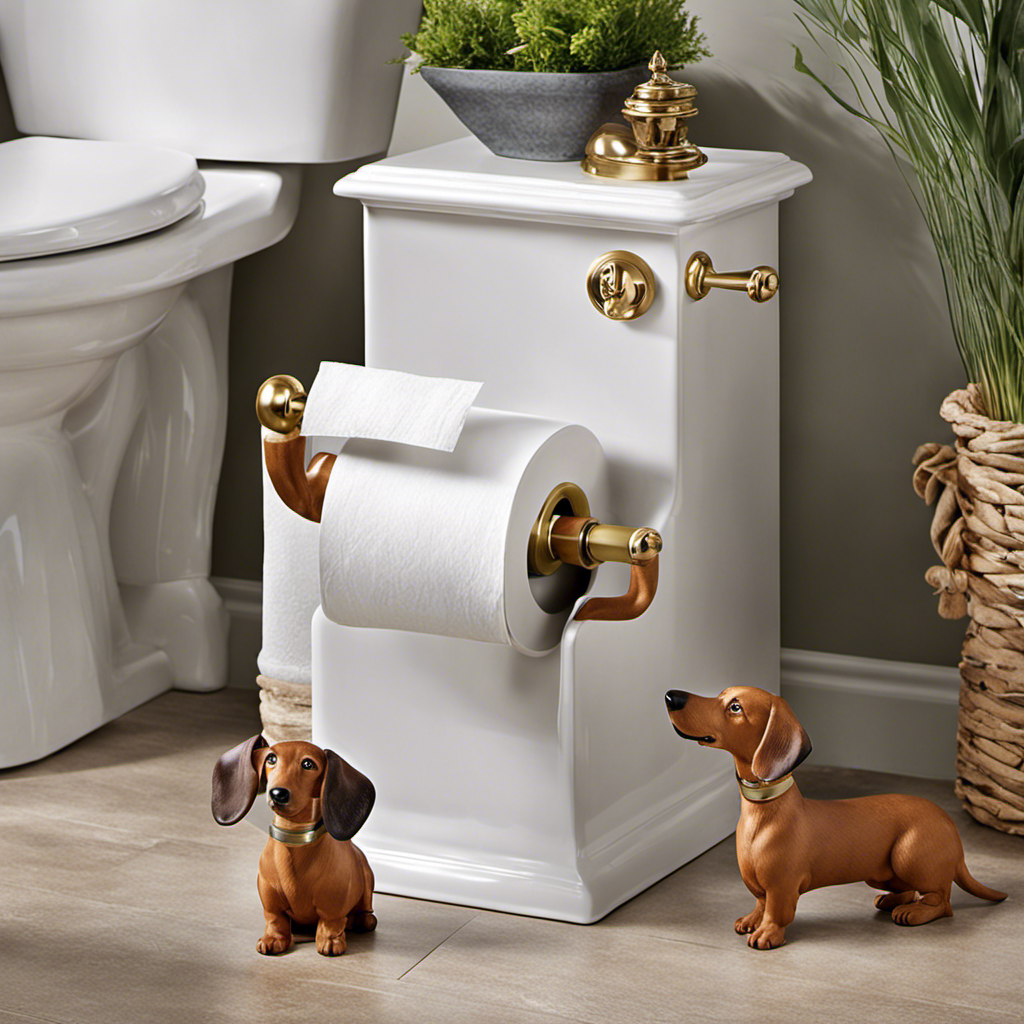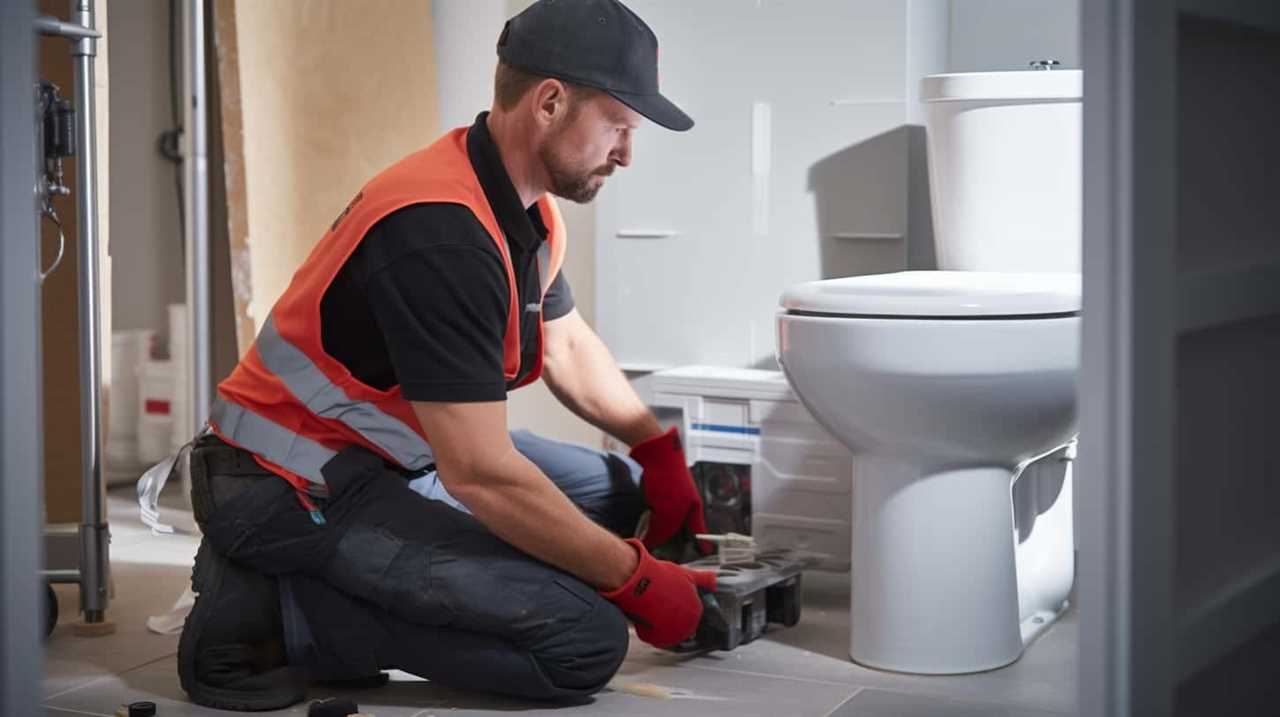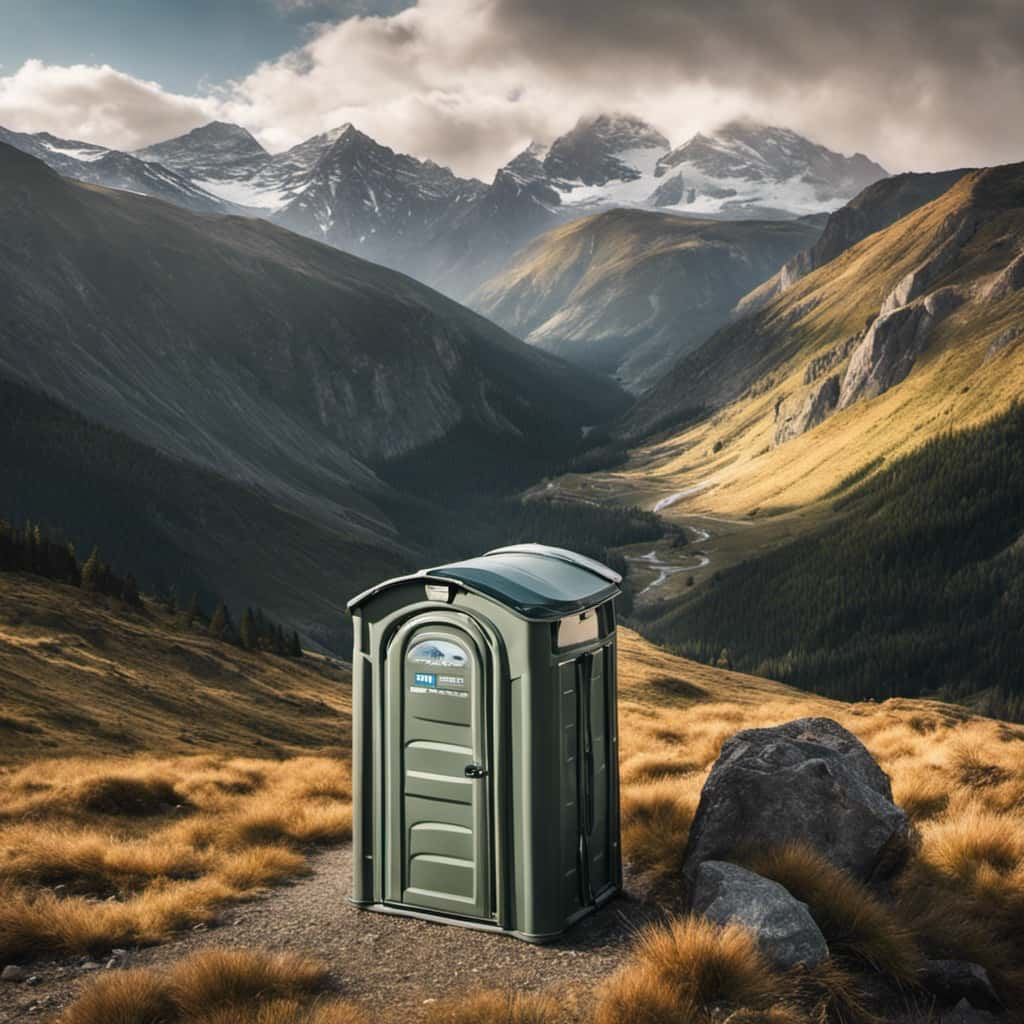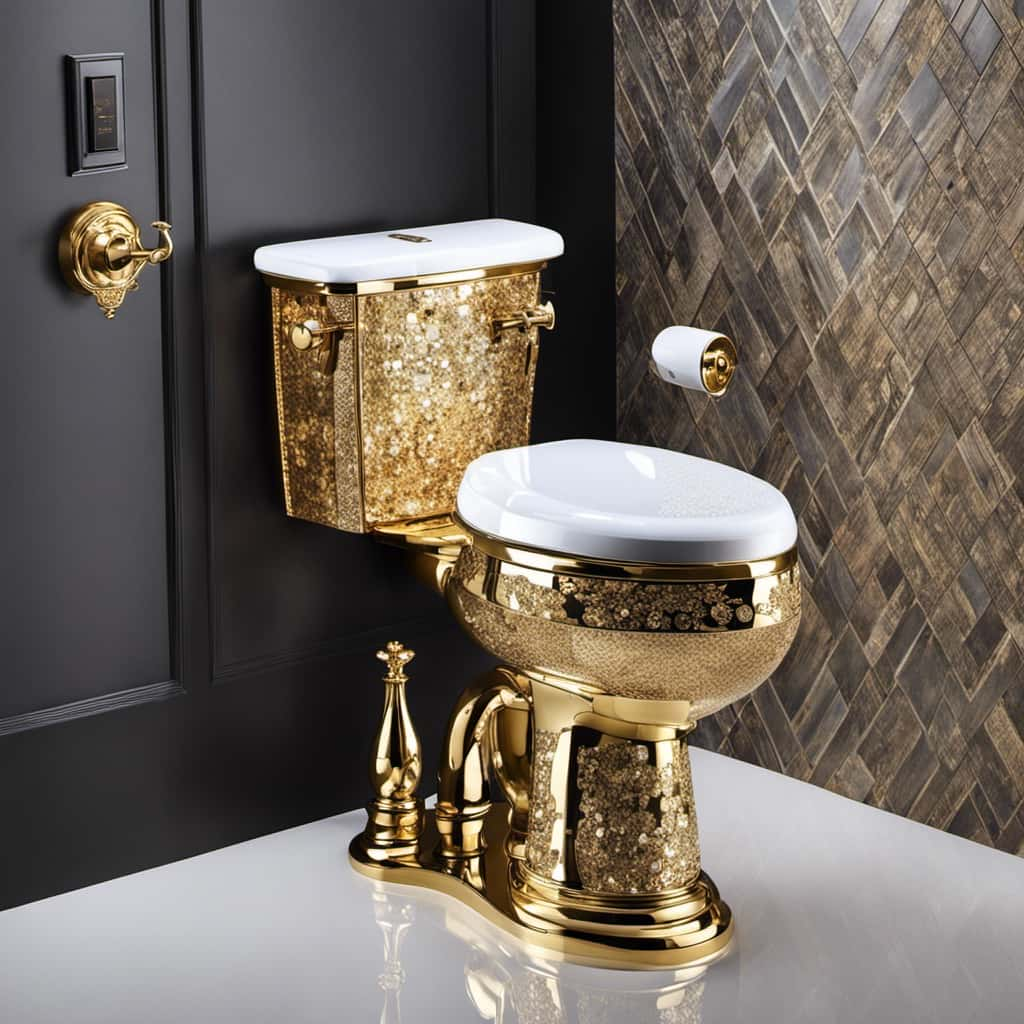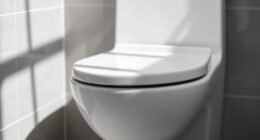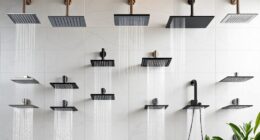I’ll tell you, finding the perfect toilet is no easy task. It’s like navigating a maze of options, trying to balance hygiene and efficiency.
But fear not, my friends, for I have done the research for you. In this article, we will explore the factors you need to consider in order to achieve a bathroom that is not only squeaky clean but also operates like a well-oiled machine.
So buckle up, because we’re about to dive deep into the world of toilets.
Key Takeaways
- Consider the waste outlet and trapway design for hygiene and easy cleaning.
- Choose between floor-mounted or wall-mounted toilets based on maintenance, accessibility, and appearance.
- Pay attention to the map score to determine the toilet’s waste capacity.
- Consider the efficiency of the toilet in terms of water usage and long-term cost savings.
Waste Outlet
I should check the pipe before ordering a toilet to make sure it is compatible with the waste outlet.
When it comes to waste outlets, there are different types to consider. Some toilets have a rear waste pipe, which requires a different mechanism compared to the standard floor waste outlet.
Pros of rear waste pipe toilets include limiting bacteria growth and providing a sleeker look. However, there are also cons to consider, such as potential difficulty in installation and limited availability of compatible toilets.
On the other hand, choosing a skirted trapway toilet has its own benefits. The skirted trapway design not only enhances the overall appearance of the toilet but also makes cleaning easier. It limits the area for bacteria growth, ensuring a more hygienic bathroom experience.
Keep these factors in mind when selecting the right toilet for your needs.
Trapway
The skirted trapway is more expensive than exposed trapways but offers a nice appearance and is easy to clean. The trapway is an essential component of a toilet that carries waste from the bowl to the waste outlet.
When it comes to trapways, there are two options to consider: skirted and exposed. A skirted trapway is fully concealed, providing a sleek and seamless look to the toilet. It not only enhances the overall aesthetic of the bathroom but also makes cleaning a breeze as there are no hard-to-reach corners or crevices.
On the other hand, exposed trapways are visible and may require more effort to keep clean. Additionally, a rear waste pipe, commonly found in toilets with a skirted trapway, offers several benefits. It limits bacteria growth, provides a more hygienic environment, and allows for a better flow of waste.
Mounting
When it comes to mounting a toilet, it’s important to weigh the pros and cons of both floor-mounted and wall-mounted options.
-
Floor-mounted toilets are the most common and easier to install. They are stable and can support heavier weight. They have a standard installation process that most plumbers are familiar with.
-
Wall-mounted toilets offer a sleek and modern look. They save floor space and make cleaning easier. However, they can be more challenging to install, requiring additional support and a hidden water tank.
When considering installation challenges and accessibility considerations, it’s crucial to consult with a professional plumber to ensure proper installation and functionality. They can help assess your bathroom layout, plumbing requirements, and accessibility needs to determine the best mounting option for your specific situation.
Map Score
Having a higher map score indicates a toilet’s higher waste capacity. The map score measures a toilet’s ability to flush waste effectively. It ranges from 0 to 1000 grams, with a higher score indicating a higher waste capacity.
This is important because a toilet with a higher map score will have better flushing power, ensuring that waste is completely flushed away with each use. Additionally, toilets with higher map scores often have more efficient flushes, meaning they use less water per flush.
This can help conserve water and reduce water consumption, leading to lower water bills and a more environmentally friendly bathroom.
Therefore, when choosing a toilet, it is worth considering the map score to ensure optimal flushing power and water efficiency.
Efficiency
I prefer newer toilets because they use less water and provide a more efficient flush. With water-saving technology, these toilets only use 1.28 gallons per flush, cutting down annual water expenses.
Although they may be more expensive upfront, water-efficient units pay off in the long run. In addition to saving water, these toilets also offer hygienic surfaces. Most new toilets have smooth surfaces that prevent waste from sticking and bacteria and mold build-up.
Some toilets even come with surfaces like Everclean, CefionTect, or WonderGliss, which ensure maximum hygiene. By choosing a toilet with water-saving technology and hygienic surfaces, you can create a more efficient and clean bathroom environment.
Frequently Asked Questions
What Are the Different Types of Waste Outlets Available for Toilets?
There are different types of waste outlets for toilets. They include rear waste pipes and regular waste pipes that go through the floor. Rear waste pipes limit bacteria growth. Skirted trapways are preferred for design and hygiene, but they are more expensive than exposed trapways.
How Does the Type of Trapway Affect the Hygiene and Appearance of a Toilet?
The type of trapway in a toilet can greatly impact its flushing power and maintenance requirements. A skirted trapway is preferred for hygiene and appearance, but it may be more expensive.
Are There Any Specific Advantages or Disadvantages of Floor-Mounted Toilets Compared to Wall-Mounted Toilets?
The advantages of floor-mounted toilets include easier installation and maintenance, while disadvantages include limited accessibility and a less modern look compared to wall-mounted toilets. Consider these factors when choosing between the two.
How Does the Map Score of a Toilet Affect Its Performance and Waste Capacity?
The map score of a toilet is crucial for efficient flushing and waste disposal. It indicates the toilet’s performance and waste capacity. A higher map score means better waste disposal.
What Are the Benefits of Choosing a Water-Efficient Toilet, and Are They Worth the Initial Investment?
Water-efficient toilets provide a more efficient flush and cut down on annual water expenses. Although they may be more expensive initially, they pay off in the long run. Their cost effectiveness makes them a worthy investment.
